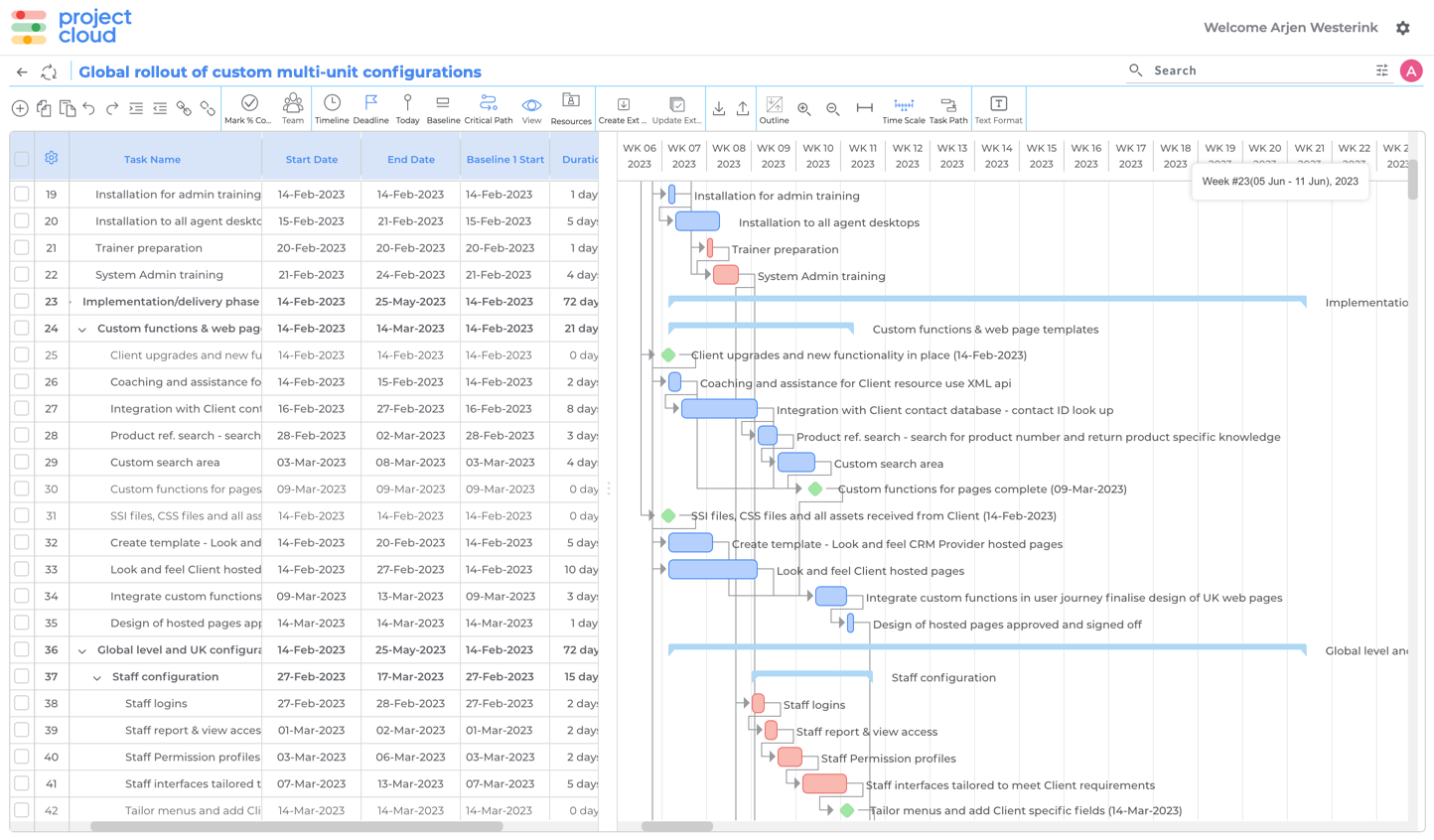We continue the story of Sara Harper – CIO of UrbanBox Living – in her quest to maximize the UrbanBox investment in their current on-prem ERP system and transform the company’s business application landscape in line with Gartner’s Composable Business Architecture. Sara and her team’s prior endeavors have enabled UrbanBox to maximize the value their ERP system delivered. She has avoided unnecessary implementation and subscription expenses for a Cloud ERP migration and achieved heightened operational and production efficiencies.

Problem
The sustainability aspect of re-using industrial shipping containers for stationary or mobile living units is gaining popularity, and the market is asking for highly customized multi-unit and multi-level configurations. UrbanBox is poised for growth amid industry changes and rising competition. The Board is eager to expand product offerings, leveraging their market-leading position and surplus capacity. Sara is tasked with evaluating necessary IT enhancements for supporting complex manufacturing projects with flexible planning and scheduling needs.
Guide
UrbanBox’s current ERP system supports optional bill-of-material and routing configurations via a ‘product configurator’ module. This module is used by UrbanBox personnel to configure and initiate a production order based on order details captured via the company’s website or direct customer contact. While this approach efficiently handles frequently used optional configurations, the many variables in the timing and sequencing of production steps for highly customized, multi-unit, or multi-level configurations are beyond the capabilities of the ERP system. Consequently, Sara is facing the challenge of finding a way to support complex production projects without adding ERP customizations she has so successfully been able to eliminate.
Plan
Sara tasks her lead business analyst, Priyanka, with researching available solutions in the marketplace. Priyanka begins by assessing various cloud-based options and finds that while most excel in smaller projects and collaboration, they need more depth for complex manufacturing projects. Turning her attention to market leader Microsoft Project, she dismisses the On-Premise versions due to UrbanBox’s cloud-first direction. Further exploration of the cloud version reveals sufficient capabilities, but the cost of end-user licenses proves prohibitively expensive for UrbanBox.

Priyanka shares her findings with Sara, who points out that Vanenburg, now a trusted partner for Google technologies, offers a ProjectCloud solution tailored for complex project management needs. Given UrbanBox’s positive experience with the Google Cloud Platform and Looker Studio, Sara leans towards leveraging this experience and choosing a project management solution that aligns with UrbanBox’s existing investment in GCP-based business intelligence capabilities.
Call to action
A demonstration by Vanenburg confirms that its ProjectCloud solution provides all the capabilities UrbanBox needs and is significantly more affordable than competing products. With a microservices architecture deployed on Google Cloud, Sara immediately sees the potential to extend UrbanBox’s prior success with Google’s business intelligence capabilities to incorporate and analyze data from complex manufacturing projects.
Vanenburg’s proven expertise in enterprise integration also gives Sara the confidence that the necessary integrations with the UrbanBox ERP system will not be an obstacle. She directs project manager Matt to create a plan for integration, end-user training, and rollout. Priyanka is tasked with mapping the end-user process flows with handoffs between the ProjectCloud functionality and the ERP system. At the same time, developer Rob completes the necessary integrations between ProjectCloud and the ERP system.
Transformation
Following successful unit and integration testing, the management team tasks Sara with conducting a final test for the overall solution. UrbanBox plans to construct a showcase unit on its main campus comprising six containers arranged in a staggered 2x2x2 configuration. Each level will be slightly offset from the one below. The planning department configures the bill of material in the ERP system and establishes a milestone project plan detailing material sourcing and assembly steps in ProjectCloud. This plan is intricately linked to comprehensive routing instructions within the ERP system. Noteworthy, delays in routing steps automatically trigger project overrun warnings in ProjectCloud, while visually rescheduling milestones in ProjectCloud prompts updated routing instructions from the ERP system. Furthermore, the capacity allocated and consumed on each task in the project plan seamlessly synchronizes with the ERP system
Outcome
The implementation of ProjectCloud is a resounding success. With easy monitoring of a project’s critical path and rescheduling of activities with automated feedback to the ERP system, UrbanBox has a single source of truth to drive downstream processes. Additionally, the introduction of Vanenburg’s cost-effective ProjectCloud solution allowed UrbanBox to avoid the more costly license and support fees associated with leading commercial subscription alternatives, reducing expenses by $25k annually. Furthermore – now that project data is included in UrbanBox’s Data Lakehouse on Google Cloud – Sara and her team can enhance value delivery by providing analytics and insights into project efficiencies and opportunities for improvement.
Can ProjectCloud help reduce your ongoing costs for project management functionality?
Contact us to learn more!
In our next blog post, we’ll follow Sara in the UrbanBox enterprise modernization journey as she and her team pursue opportunities for smart utilization of Artificial Intelligence. Stay tuned!





